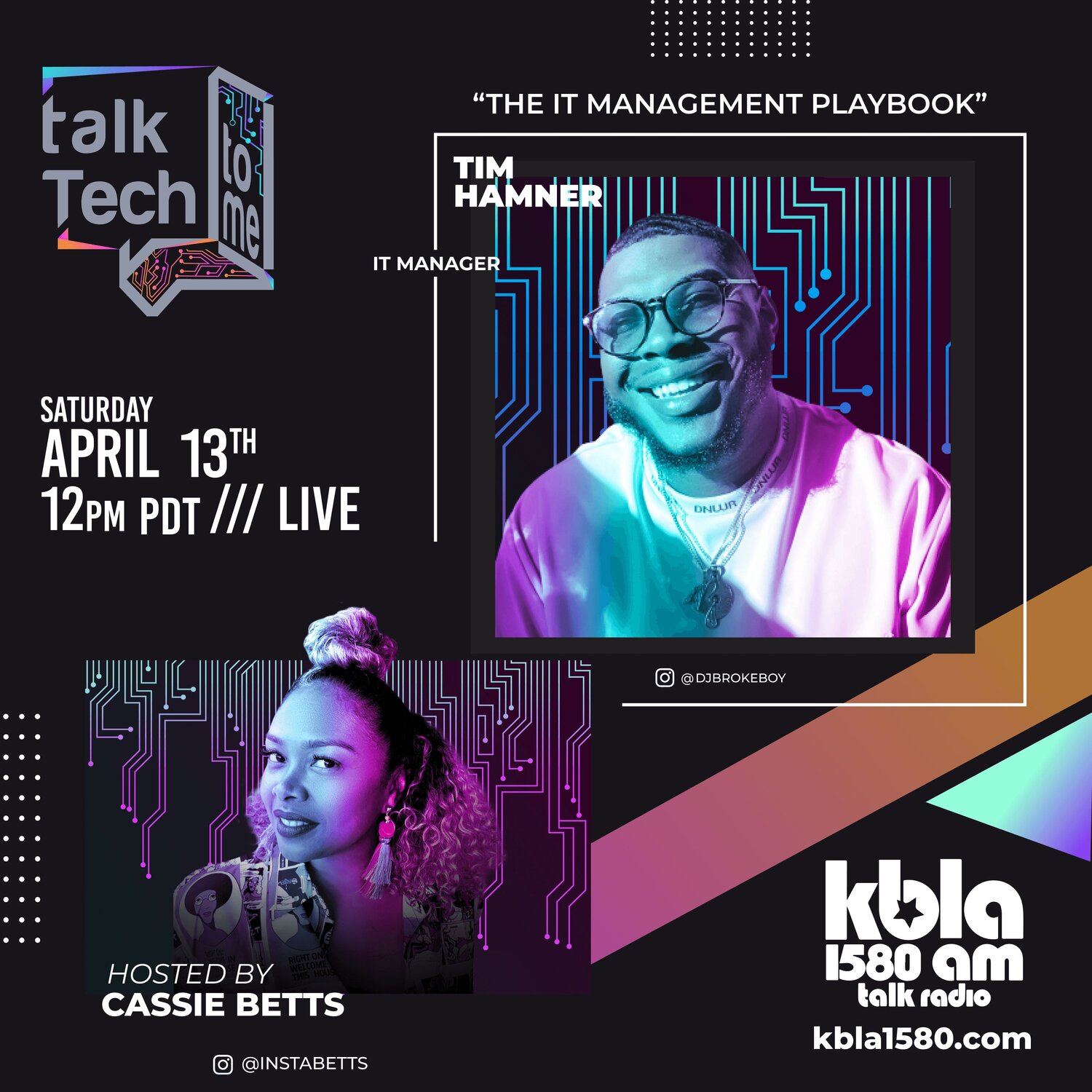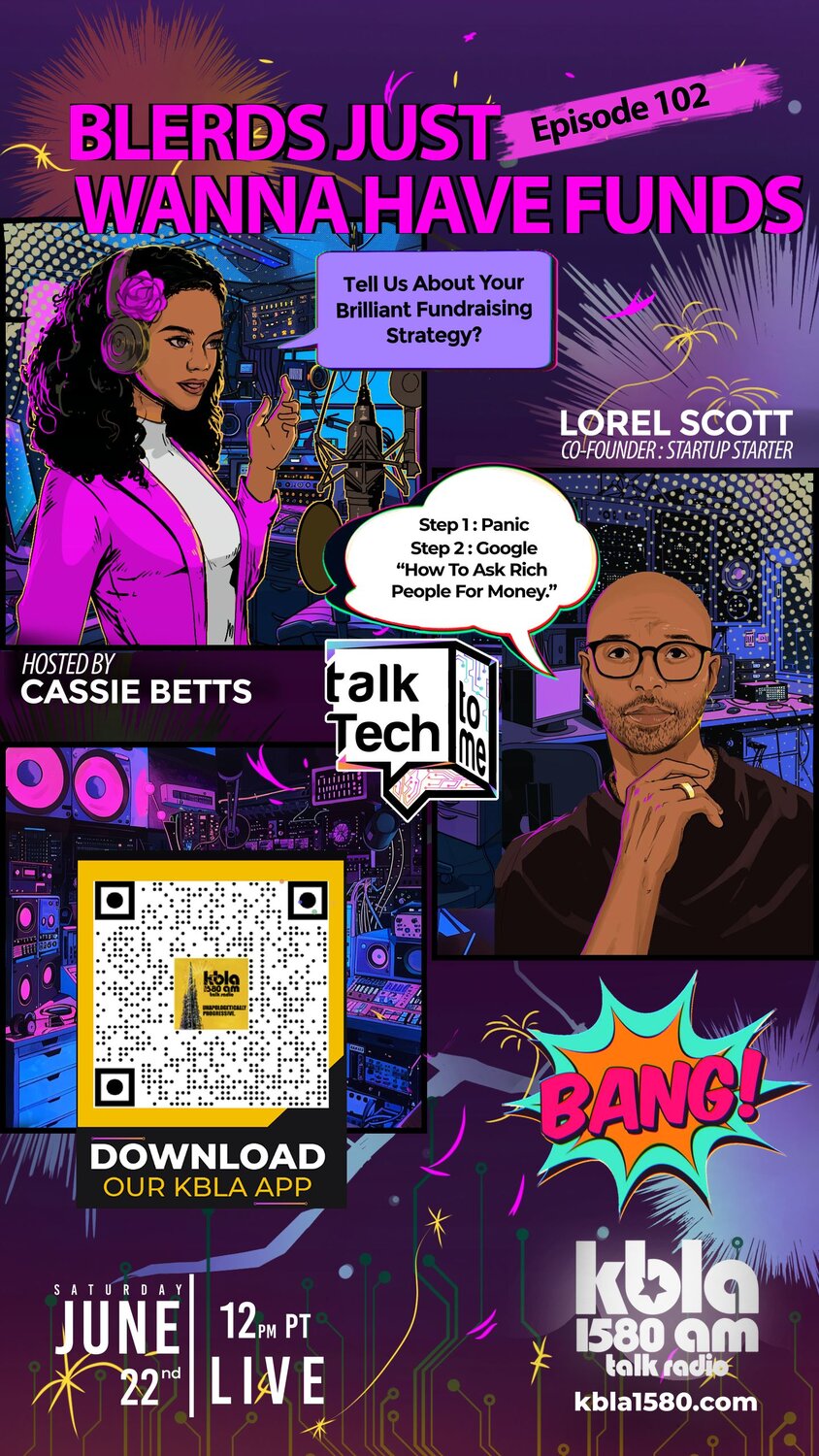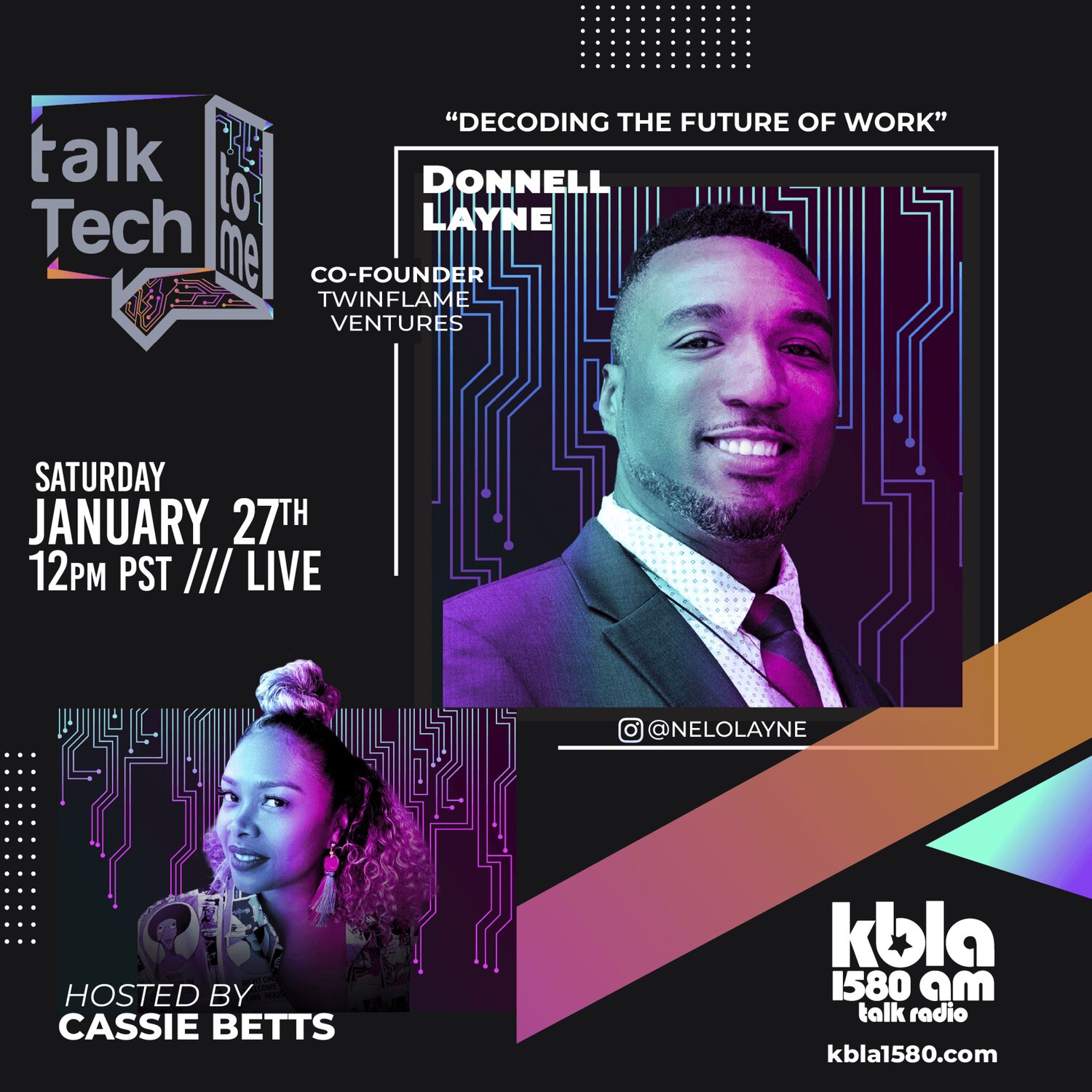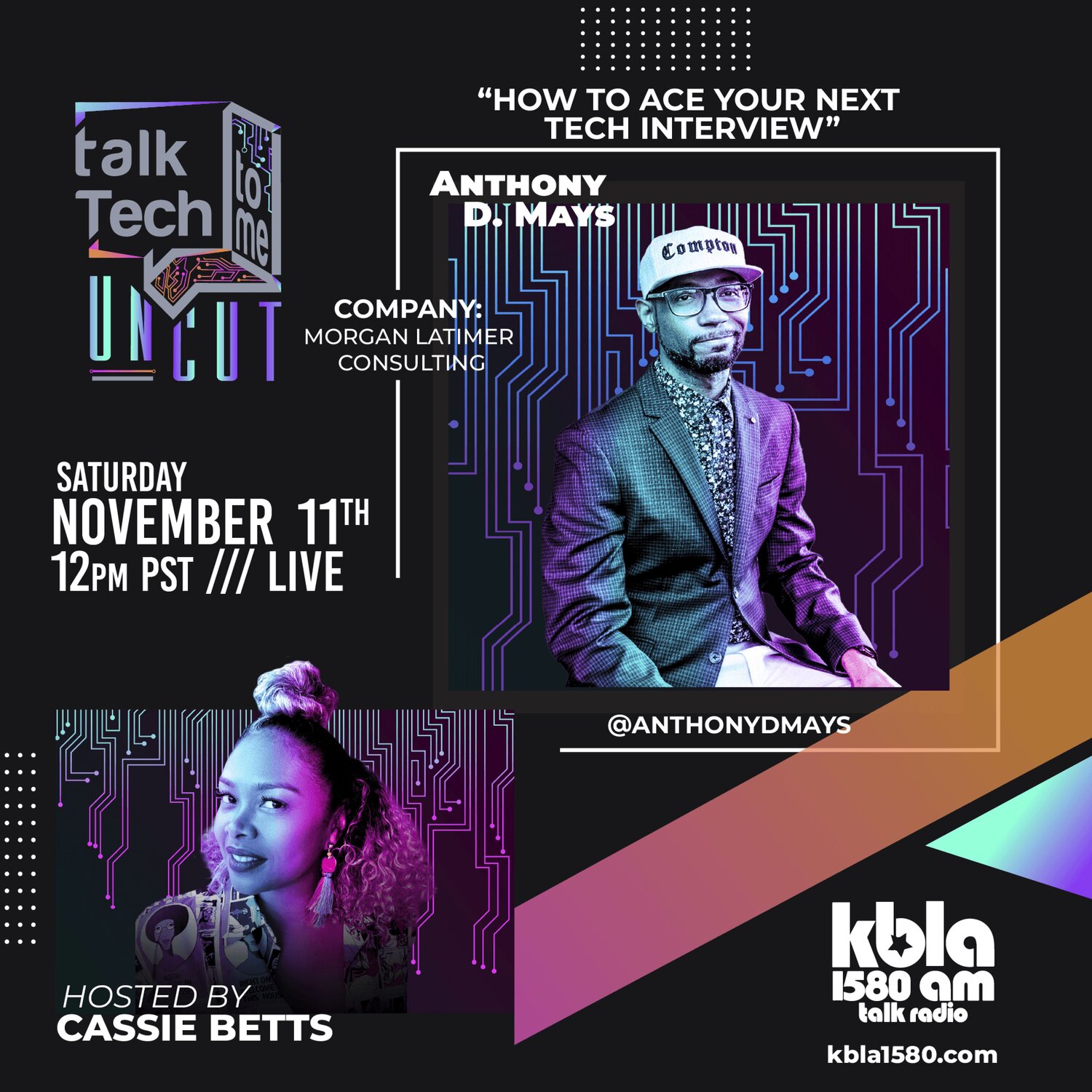

"Firewall Finessing: IT Career Hacks & Securing Salary Wins"- Tim Hamner
Episode: 117
Guest: Tim Hamner
Let’s Talk AI Animation: The Future of Storytelling, Creativity, and Ethics
Artificial Intelligence (AI) has revolutionized countless industries, and animation is no exception. From the earliest days of animating simple character movements to today's sophisticated AI tools that can generate entire storylines, the impact of AI on animation is profound and multifaceted. This article dives into how AI is transforming animation, exploring its current applications, ethical considerations, and the exciting potential of AI-animated storytelling.
How AI is Shaping the Future of Animation
1. AI in Storytelling
AI's role in storytelling has evolved significantly over the years. Initially, AI was used to assist in basic tasks such as character movement in video games. Today, it has grown into a powerful tool that can aid in every step of the creative process, from ideation and storyboarding to script generation and character animation.
Natural Language Processing: AI can now analyze and generate scripts, offering new story ideas and plot twists. Tools like Plot Generator and AI Dungeon leverage natural language processing to create narrative arcs, helping writers develop complex stories quickly.
Visual Storytelling Assistance: Generative AI models like DALL-E and Midjourney can produce concept art, storyboards, and animations based on text descriptions. These tools enable creators to visualize scenes rapidly and experiment with various visual styles.
Emotion and Pacing Analysis: AI can analyze scripts and storyboards to provide feedback on emotional arcs and pacing, helping to maintain audience engagement.
2. AI Tools in Animation Production
AI has found a place in the workflows of major animation studios, assisting in various aspects of production. Key areas include background generation, character animation, and visual effects, enhancing the speed and efficiency of creating animated content.
Photoshop and Illustrator AI Features: Adobe's popular design tools have integrated AI to simplify and enhance creative workflows. For example, Photoshop's AI-powered features like Content-Aware Fill and Neural Filters allow artists to make complex edits with ease. Illustrator uses AI to streamline vector graphic creation through Auto Trace and Color Themes.
Voice Synthesis and Dialogue Generation: AI models like GPT-3 have been employed to generate character dialogues, helping writers overcome creative blocks and experiment with different conversational styles. Voice synthesis tools enable the creation of lifelike character voices, further expanding the possibilities in animation.
3. Advanced AI Techniques in Animation
AI's application in animation goes beyond basic assistance and now plays a role in more advanced creative processes.
Character Development: AI can generate detailed character profiles, including backstories, motivations, and personality traits. Tools like Artbreeder use AI to create unique character appearances, offering animators a starting point for developing distinct characters.
Worldbuilding: AI can help build entire fictional worlds by generating descriptions of geography, cultures, and histories. This facilitates the creation of rich, consistent universes for storytelling.
The Ethics of AI in Animation
While AI offers many exciting possibilities in animation, it also raises important ethical concerns. The integration of AI in animation production has sparked debates around creativity versus automation, job displacement, and the potential for AI to overshadow human contributions.
1. Creativity vs. Automation
AI streamlines the production process, particularly in areas like in-betweening, coloring, and background generation. However, there is concern that excessive reliance on AI could lead to a homogenization of artistic styles, potentially diminishing the unique imperfections and creative decisions that human artists bring to their work.
Job Displacement: Entry-level animation roles, such as clean-up artists and junior animators, are at a higher risk of automation. As AI tools become more prevalent, mid-level roles may shift toward AI tool operation and oversight, rather than direct animation.
Maintaining Human Creativity: Despite AI's capabilities, it is crucial to ensure that it complements rather than replaces human creativity. AI can assist with ideation, speed up repetitive tasks, and expand creative possibilities, but human oversight remains essential for quality storytelling.
2. Ethical Guidelines for AI in Animation
The animation industry is grappling with ethical questions surrounding AI use. Guidelines and frameworks are being proposed to address issues like transparency, fair compensation, and copyright in AI-generated content.
Transparency: Clear disclosure of AI use in animation projects is necessary to maintain trust with audiences and creators alike.
Fair Compensation: Determining how to value and compensate AI-assisted work is an ongoing discussion in the industry. Ensuring that human contributions are appropriately recognized is vital.
Diversity and Inclusion: AI tools must be designed to avoid perpetuating biases and to support diverse representation in storytelling. Human consultants are needed to guide AI in adapting stories for different cultures accurately.
Successful AI-Integrated Animation Projects
AI has already been successfully integrated into various animation projects, demonstrating its potential to enhance creativity and streamline production processes.
AI-Assisted Films: Some short films and animations have been fully or partially created using AI, showcasing the technology's ability to generate scripts, animate characters, and create visual effects.
Enhanced Production Tools: Industry professionals have been using AI to automate repetitive tasks, allowing animators and designers to focus on more complex and creative aspects of their work.
Empowering the Next Generation of Creators
Programs like the "Animate Our World with AI Bootcamp" by Made In South LA (MISLA) are paving the way for the next generation of AI animators. These initiatives offer intensive training on industry-standard AI tools, providing hands-on experience in animation and fostering new talent.
Inclusive Opportunities: The bootcamp offers scholarships to justice-impacted individuals, foster youth, and low-income students, ensuring that access to AI animation education is available to a diverse group of future creators.
Practical Skills: Participants learn to harness AI in animation, preparing them for careers in an industry that is rapidly evolving with the integration of AI technologies.
Challenges and Limitations of AI in Animation
Despite AI's impressive capabilities, it faces significant limitations when it comes to storytelling and creativity.
Lack of True Understanding: AI lacks an understanding of context, emotions, and real-world experiences, which are crucial for creating nuanced and emotionally resonant stories.
Difficulty with Long-Form Coherence: AI struggles to maintain narrative consistency in long-form storytelling, often producing derivative or clichéd content.
Ethical and Copyright Concerns: The use of AI in creative fields raises questions about ownership, potential plagiarism, and the originality of AI-generated content.
The Future of AI in Animation
AI continues to be a powerful tool in the animation industry, pushing the boundaries of what is possible in storytelling and creative production. While ethical concerns and challenges remain, the collaboration between human creativity and AI holds the promise of unlocking new frontiers in animation.
As AI technology advances, it will be essential to strike a balance between automation and artistic integrity, ensuring that AI serves as an enhancement to human creativity rather than a replacement. By focusing on ethical guidelines, transparency, and the unique contributions of human creators, the future of AI in animation looks bright and full of potential.
Conclusion: AI has already transformed the animation landscape, offering innovative tools and capabilities that empower creators to bring their visions to life. From aiding in storytelling and character development to streamlining production processes, AI is reshaping the future of animation. However, as we embrace these advancements, it is crucial to navigate the ethical challenges and ensure that AI continues to serve as a valuable complement to human creativity.
You Might Like
- 04/13/2024
- Ep. 92
The IT Management Playbook
- 06/22/2024
- Ep. 102
Blerds Just Wanna Have Funds
- 01/27/2024
- Ep. 81
Grants On Grants On Grants: Donnell Layne
- 11/11/2023
- Ep. 70



